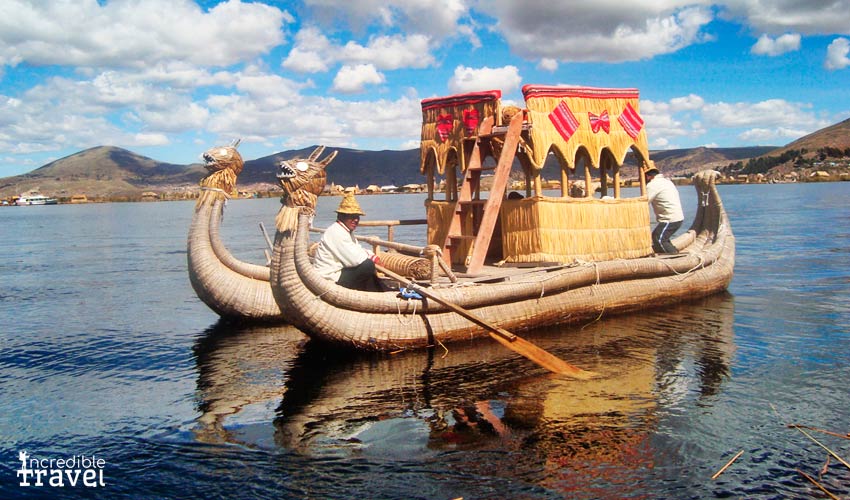Previously despised, objects of the curiosity of tourists now, always poor, the Uros are reputed as the oldest inhabitants of Titicaca. Until recently it was thought that they were survivors of a dying breed that had even already lost its language, the uroquilla. Today it is known that the term uro does not designate an ethnic group, that the Uros did not have their own language – some suppose that the majority spoke Puquina, as they would have been the descendants of the previous settlers, displaced by the Aymara – and that they are not that old either. as believed.
It is possible that the name had a different meaning before the arrival of the Spaniards, but in the 16th century, when it is used abundantly in colonial documents, it served to designate the poorest inhabitants of the Collao, those of such precarious existence that they did not it was possible that the same tribute was demanded of them as the common Indians, the Aymara. Uro, then, in contrast to Aymara, referred to a socioeconomic condition, without looking at the place of residence – the poorest fishermen on the Arica coast were called uros -, the language they spoke – Quechua, Aymara or Puquina – or its provenance. As normally the most powerful, those who did not have land, went to live among the bushes of the lake, those were the Uros par excellence, and the word ended up exclusively designating them.
Legend said that true aurochs had black blood, so they could not drown or feel cold. In truth, like the majority of the indigenous people of Collao, they present in their blood a greater amount of hemoglobin and red corpuscles than the inhabitants of other regions, something necessary to face the shortage of oxygen in the heights, which lends to their skin a purplish brown coloration, a character not yet fully fixed by heredity, because when they go down to the coast their skin “clears up” somewhat.
The today called Uros – it is estimated that there are only about 200 families left – inhabit around forty floating islands that are actually reed reefs anchored to the shallow bottom of the lake by the roots of the plant. They dedicate themselves to fishing, to an incipient agriculture on their islands and, increasingly, to attend and sell handicrafts to the many tourists who visit them. Despite the progress they have experienced – schools have been installed in their villages – their world continues to be that of the reeds, which they use as food, as material for their homes and to make their instruments.

